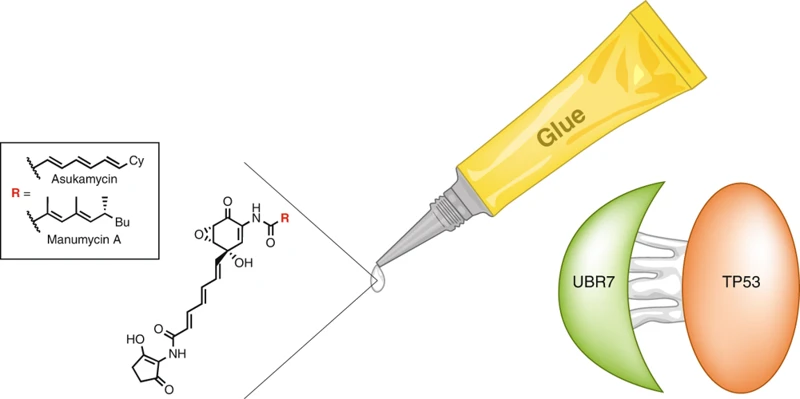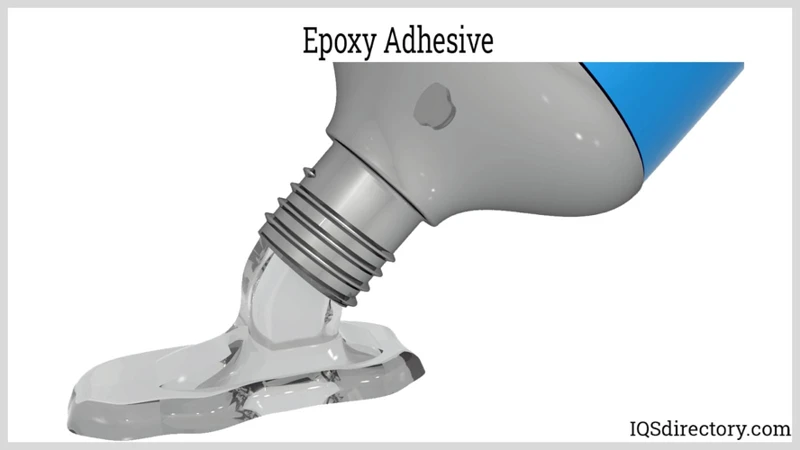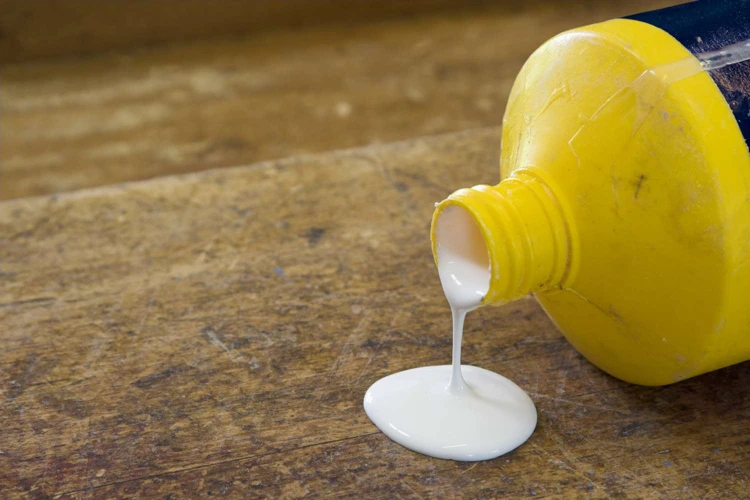Glue is an essential household and industrial staple, but the question of how to tackle unwanted adhesion is just as widespread. Whether it’s a label leaving a sticky residue or an accidental spill, understanding the various glue dissolution methods is crucial. In this article, we will explore a range of solutions, from natural glue removers to potent chemical solvents for glue, and even ingenious DIY glue removal techniques.
Natural Glue Removers
Seeking a gentle yet effective solution? Natural glue removers can be surprisingly powerful. Ingredients like vinegar, lemon juice, and baking soda not only clear out adhesives but are also eco-friendly. They work by breaking down the chemical bonds in glue, making it easier to wipe away.
Chemical Solvents for Glue
For tougher jobs, chemical solvents for glue are often the go-to choice. These specialized formulas are designed to target and break down the synthetic polymers in adhesives. However, it’s important to use them with caution and proper ventilation due to their strength and potential fumes.
DIY Glue Removal Techniques
Don’t have a specialized remover on hand? DIY glue removal can be just as effective. Common household items like rubbing alcohol, petroleum jelly, or even mayonnaise can loosen and lift glue. These methods are not only economical but also accessible in a pinch.
How to Dissolve Glue
When faced with the challenge of how to dissolve glue, one must consider the adhesive’s nature and the material it’s bonded to. The right approach can mean the difference between a clean removal and a damaged surface.
Debonding Glued Joints
Debonding glued joints starts with identifying the type of glue used. Heat, for instance, can soften many adhesives, while others may require specific solvents or physical manipulation. Patience is key — rushing the process could damage the items you’re trying to separate.
Adhesive Breakdown Techniques
Adhesive breakdown techniques vary from simple heat application to the use of solvents that penetrate and disintegrate the glue’s structure. Some adhesives may respond to freezing, which makes them brittle and easier to chip away.
Effective Glue Strippers
Effective glue strippers contain active ingredients that target adhesives on a molecular level. These products are specifically formulated to strip away glue without harming the underlying material, although testing on a small area is always recommended.
Removing Glue from Surfaces
Removing glue from surfaces demands a tailored approach depending on the material in question. Each surface interacts differently with adhesives and potential removers, making it critical to choose the right method.
Removing Glue from Metal
Metal, being non-porous, can handle stronger solvents. Acetone or nail polish remover can be effective, but it’s essential to rinse the area thoroughly afterward to prevent any potential corrosion.
Removing Glue from Plastic
Plastic requires a delicate touch as it can easily be damaged by harsh chemicals. Oils or alcohols can often do the trick, but should be applied gently to avoid creating a cloudy or cracked appearance.
Removing Glue from Wood
Wood surfaces are porous and can absorb glue deeply, making removal tricky. A combination of heat and gentle scraping can work well, but care must be taken to avoid scratching or gouging the wood.
Removing Glue from Glass
Glass allows for a range of removal options, including razor blades and solvents. Being a hard, non-porous material, it can withstand more rigorous cleaning methods without damage.
Removing Glue from Fabric
With fabric, the key is to act quickly before the glue sets. Cold water can stiffen the glue for scraping, and gentle detergents can help lift the residue without staining the material.
Removing Glue from Concrete
Concrete can be a challenge due to its rough texture. Grinding, sandblasting, or applying a poultice that draws out the glue may be required for full removal.
Glue Removal Solutions
Choosing among the plethora of glue removal solutions requires an understanding of the adhesive in question and the surface it’s adhered to. From home remedies to commercial products, the right choice simplifies the task at hand.
Household Items as Natural Glue Removers
Many solutions lie within the home. Items like white vinegar, cooking oils, and even peanut butter can serve as natural glue removers. Their mild nature often spares the user from the harsh chemicals found in commercial removers.
Commercial Glue Removal Solutions
- Goo Gone: A popular remover for sticky messes, but not suitable for all materials.
- Acetone: Great for super glue removal but should be used in a well-ventilated area.
- Citrus-based removers: They are effective and have a pleasant scent, often a safer choice for many surfaces.
If you’ve ever found yourself in a sticky situation with glue, you’re not alone. Many people struggle with removing glue from various surfaces. To tackle this problem, we have several resources that might help. Learn about different substances and methods that can help you by reading our articles on what takes off glue, find out more specific tips with our guide on what gets glue off, or if you’re dealing with glue sticks, our article on what dissolves glue stick could be just what you need to break down that bond.
Conclusion
In conclusion, whether through natural glue removers, adhesive breakdown techniques, or commercial products, there is a glue dissolution method suited for every scenario. The key is to assess the situation carefully and select the approach that minimizes the risk of damage to the surface. With the right knowledge and materials at hand, glue removal doesn’t have to be a sticky situation.


